[Hawksbeards: The Genus Crepis West of the Cascade Mts. of Oregon and Washington]
Gray Hawksbeard, Intermediate Hawksbeard, Limestone Hawksbeard
Crepis intermedia
Synonym: Psilochenia intermedia
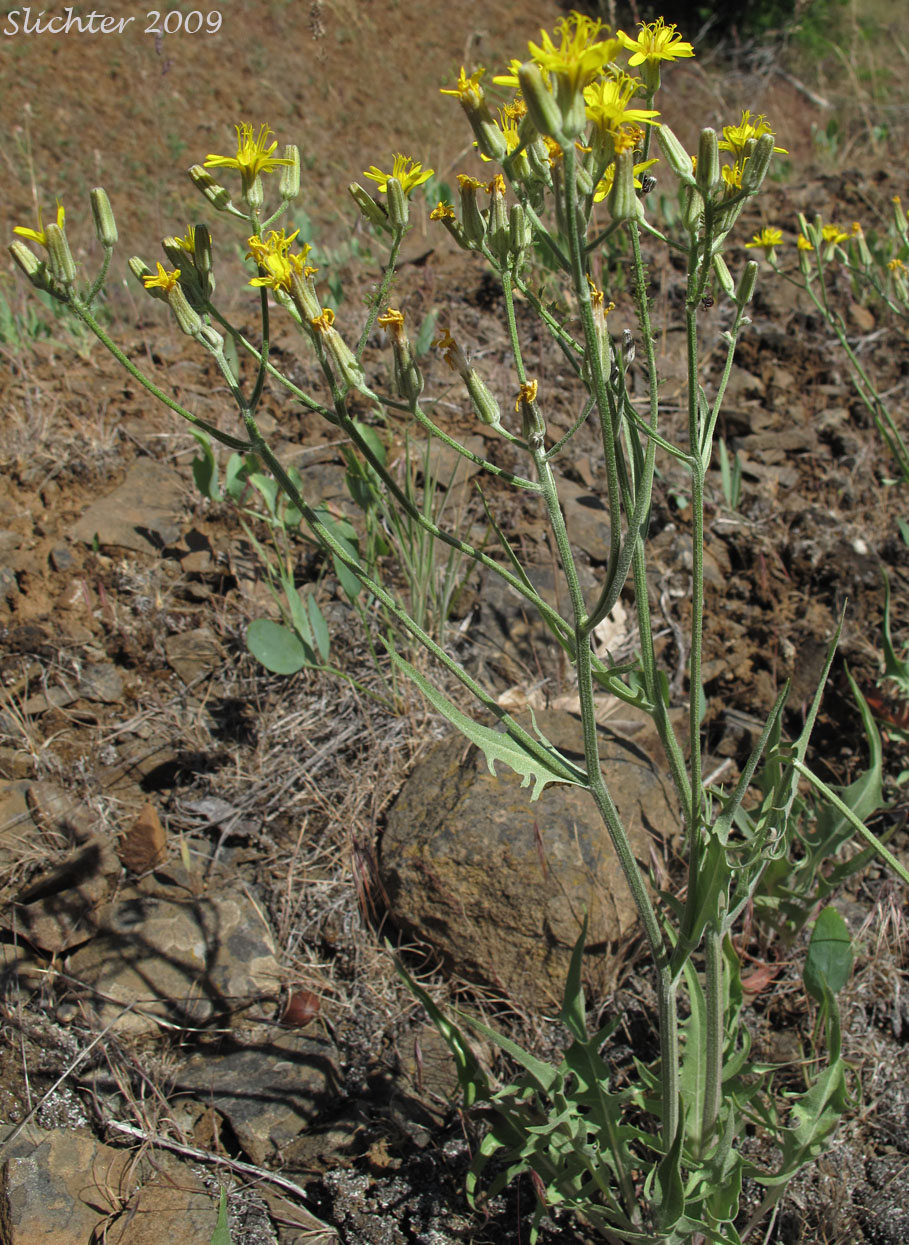
Gray hawksbeard as seen on slopes above the Klickitat River in the Klickitat State Wildlife Area of south-central Washington........May 31, 2009.
Characteristics:
Gray hawksbeard is a one or two-stemmed perennial from a taproot,
arising from 20-70 cm in height. Its herbage is varied, often being densely
gray-haired (like thin felt) to sparsely gray haired. The basal and stem leaves
vary from 10-40 cm long, and are pinnatifid with many entire to toothed lobes.
The inflorescence contains from 10-60 flower heads, with each
head having 7-12 ray flowers. The involucre is 10-16 mm tall, sometimes smooth
but more commonly gray haired. The outer bracts (barely seen at the base of
the involucre in the photo above) are very short in contrast to the long inner
bracts (which normally number from 7-8).
Habitat:
Gray hawksbeard is a plant of dry, open places in the foothills
and plains.
Range:
Gray Hawksbeard is found east of the Cascade Mts. from central
Washington south to California and eastward to Colorado, Wyoming and then north
to Alberta.
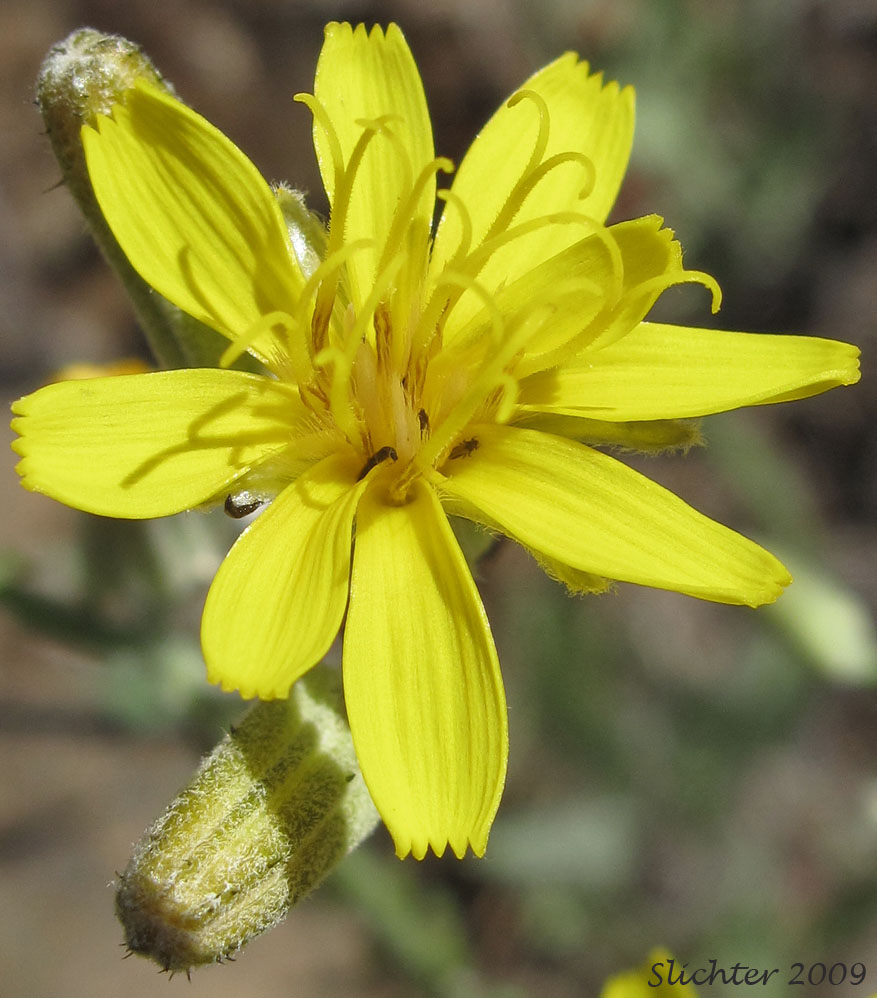 -
- 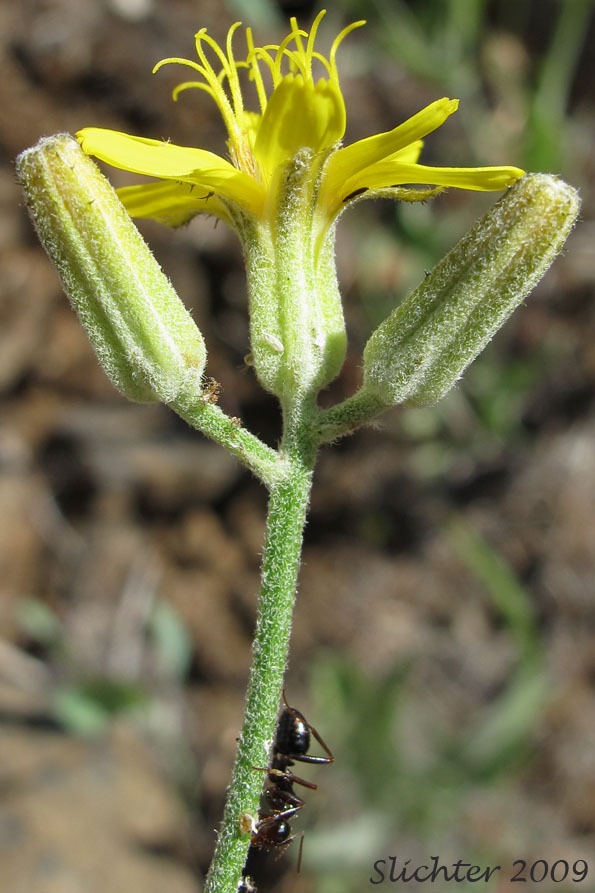
Close-up views of the flower heads of gray hawksbeard as seen on slopes above the Klickitat River in the Klickitat State Wildlife Area of south-central Washington.........May 31, 2009.
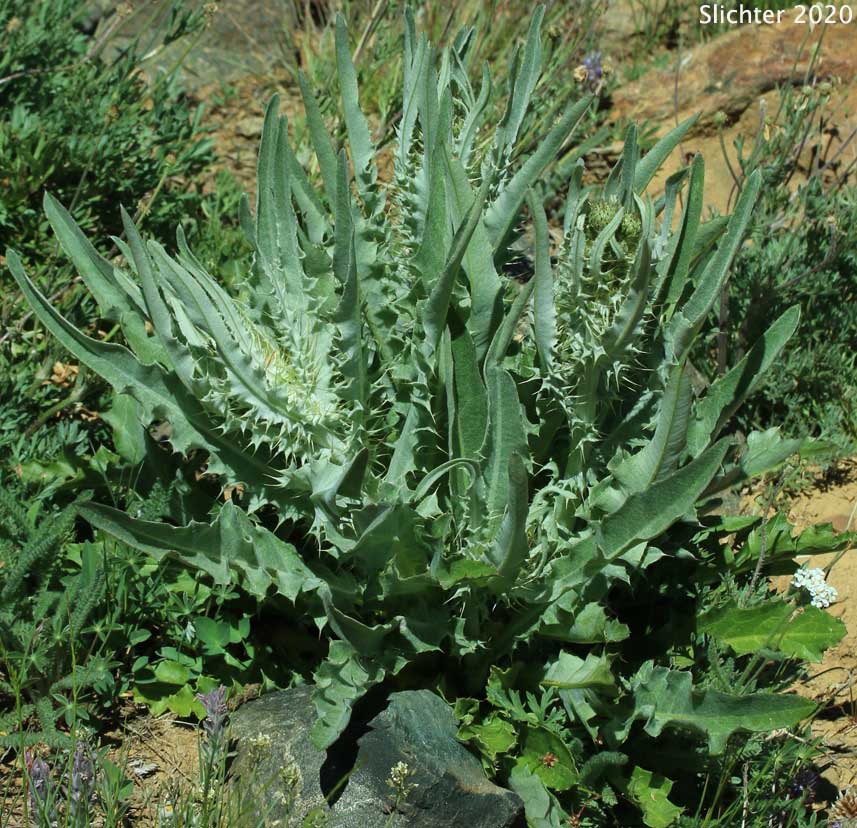
Graw hawksbeard observe on the north side of Big Red Mountain, Siskiyou Crest, Rogue River-Siskiyou National Forest........July 16, 2020.
 -
- 
Gray hawksbeard blooming in dry forest in the Biscuit Fire area on a ridge about three-quarters of a mile southeast of Whetstone Butte, Siskiyou National Forest.........July 15, 2012.
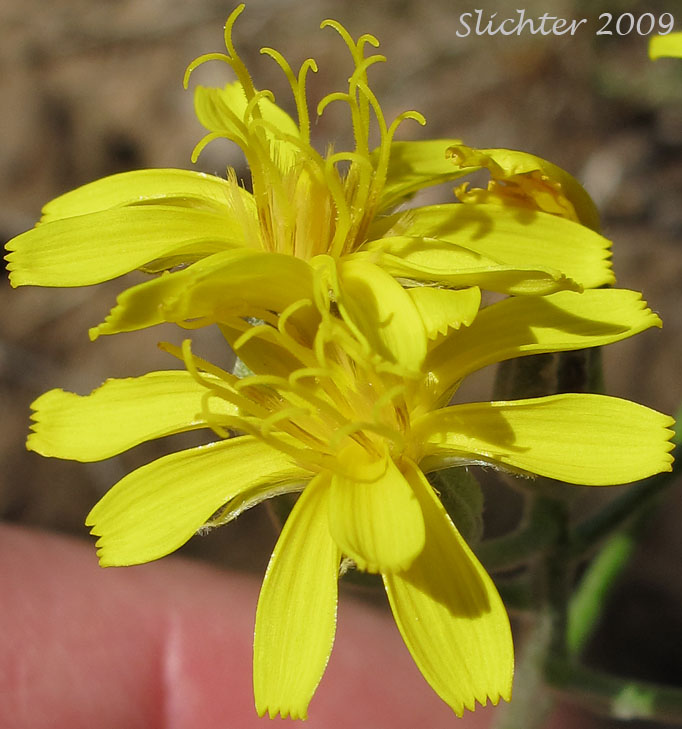 -
- 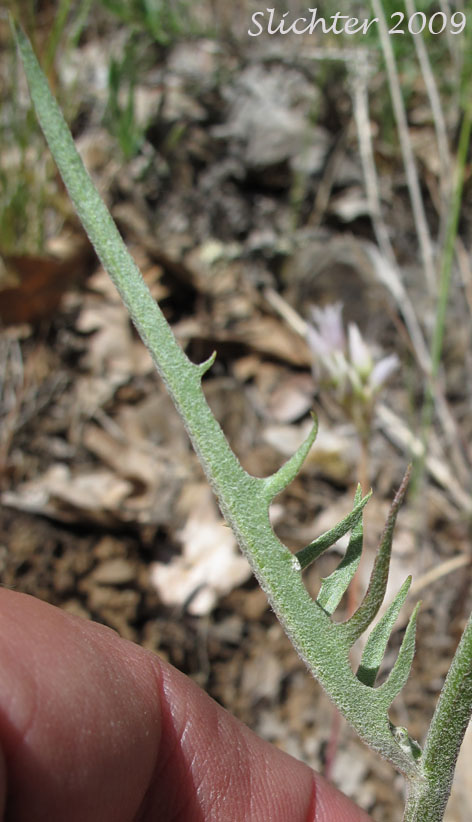 -
- 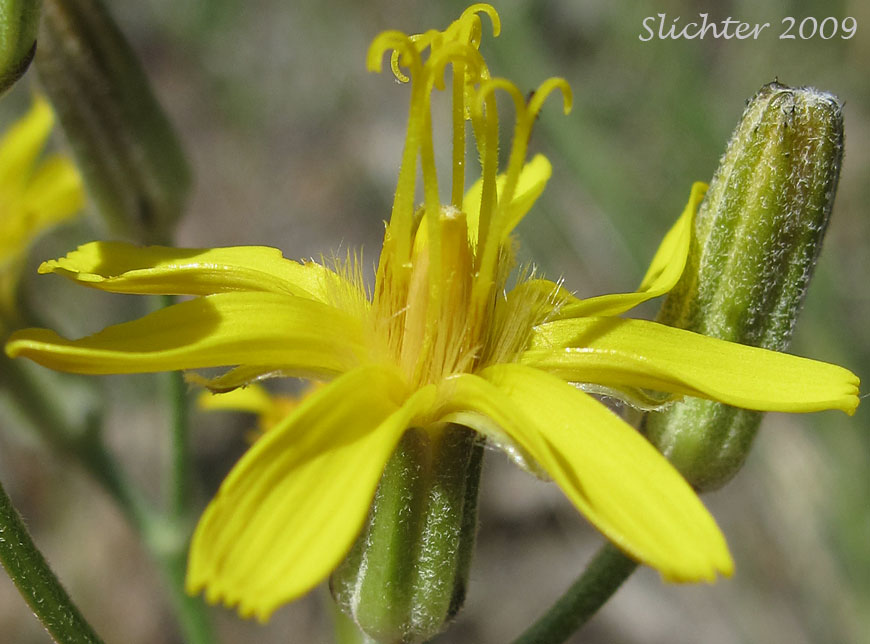
Close-up views of the flower heads and leaf of gray hawksbeard as seen on slopes above Canyon Creek in the Klickitat State Wildlife Area of south-central Washington.........May 31, 2009.
 -
- 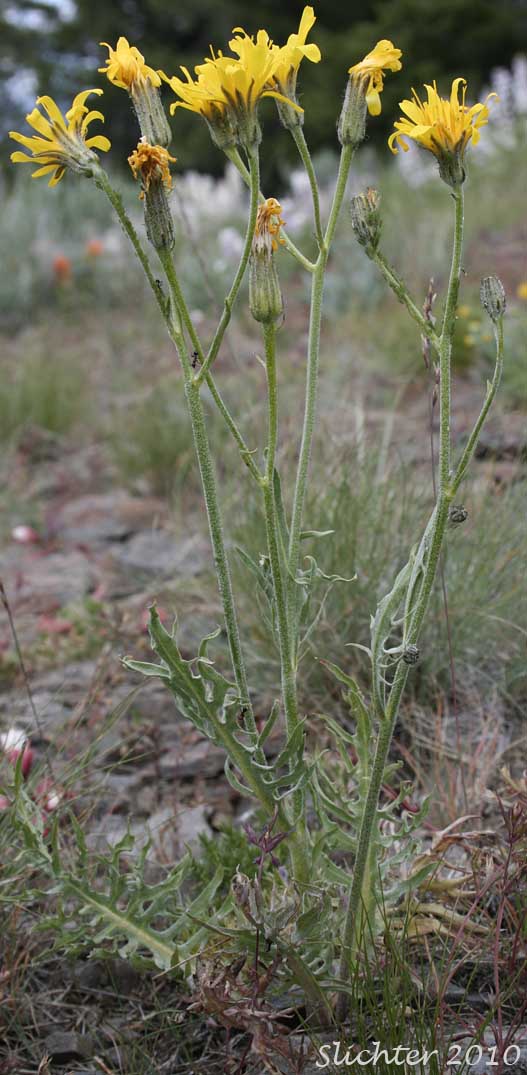 -
- 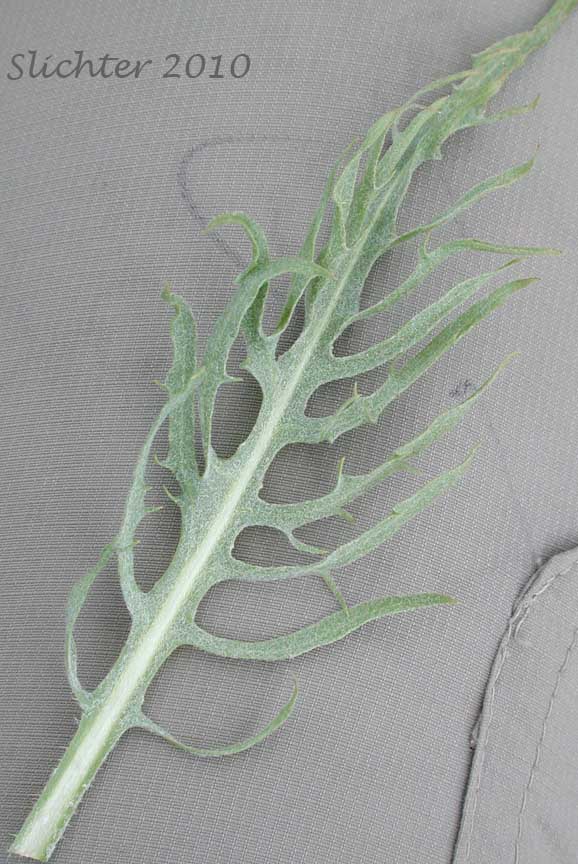
Additional photos of gray hawksbeard as seen near Antelope Mountain Lookout, Malheur National Forest........July 3, 2010. A few of the bristles on the flower head are tipped with glands.
Paul Slichter